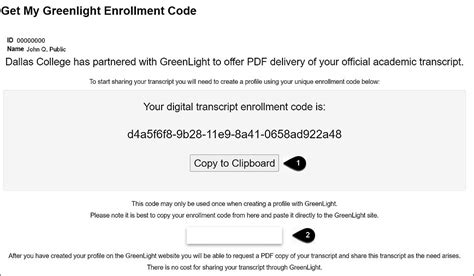Fix Transcript Errors: Requesting Another Greenlight Copy – A Comprehensive Guide
Getting your transcript perfectly aligned with your audio or video is crucial for any project, from academic papers to professional presentations. Sometimes, despite best efforts, errors slip through. When this happens, requesting another greenlight copy from your transcription service is the best solution. This guide will walk you through the process efficiently and effectively.
Why Do Transcript Errors Occur?
Before diving into requesting corrections, let's understand why errors happen in the first place. Several factors contribute:
- Audio/Video Quality: Poor audio quality (background noise, low volume, accents) makes accurate transcription challenging.
- Speaker Clarity: Mumbling, fast speech, or unclear pronunciation can lead to misinterpretations.
- Technical Glitches: Problems with recording equipment or software can introduce artifacts that impact transcription accuracy.
- Human Error: Even experienced transcriptionists can make mistakes, especially with complex or nuanced language.
How to Identify Transcript Errors Effectively
Thorough error identification is crucial before requesting a revised copy. Take your time and systematically check the following:
- Compare to the Audio/Video: Listen to or watch the original content while reading the transcript simultaneously. This is the most accurate way to spot discrepancies.
- Focus on Key Information: Prioritize checking names, dates, figures, and other critical data points for accuracy.
- Check Punctuation and Formatting: Incorrect punctuation, capitalization, and paragraph breaks can affect readability and meaning.
- Review for Contextual Errors: Does the text make sense within the broader context of the audio/video? Look for instances where the meaning is lost due to transcription errors.
What Information to Include When Requesting a Revision
When contacting your transcription service to request a revised copy (a “greenlight copy”), be clear, concise, and provide specific details. Your request should include:
- Original Order Number/Reference: This helps the service quickly locate your project.
- Specific Errors: Don’t just say "there are errors." Clearly point out each mistake with timestamps or page numbers. For example, "At 00:02:15, 'unclear' is written instead of 'uncleared.'"
- Suggested Corrections (Optional): If you have a suggestion for the correction, providing it can expedite the process. However, it's not necessary, and your service is best positioned to identify and correct the issues.
- Priority Level (If Applicable): If the corrections are time-sensitive, let them know.
- Contact Information: Ensure your contact information is readily available.
What if the Transcription Service Misses Errors Again?
If errors persist after receiving a revised copy, don't hesitate to contact the service again. Explain the remaining issues clearly and reiterate the importance of accuracy. Depending on your contract and service level agreement, you might be entitled to further revisions or a refund.
What Does "Greenlight Copy" Mean in Transcription?
The term "greenlight copy" refers to a final, approved version of a transcript after any necessary revisions have been made. It signals the completion of the transcription process and signifies your acceptance of the transcript's accuracy.
How to Prevent Transcript Errors in the Future
Proactive measures can significantly reduce the chances of errors:
- High-Quality Audio/Video Recordings: Invest in good equipment and ensure a quiet recording environment.
- Clear and Concise Speech: Speak clearly and at a moderate pace.
- Professional Transcription Services: Choose a reputable service with a proven track record of accuracy.
Is it Always Necessary to Request a Second Greenlight Copy?
No, not all transcripts require a second greenlight copy. Many transcription services provide high-quality work on the first attempt. However, if errors are identified, requesting a revision is a standard procedure and should be encouraged to ensure accuracy.
By following these steps, you can effectively identify and correct errors in your transcript and ensure you receive a high-quality, accurate greenlight copy. Remember, clear communication and specific feedback are key to a successful revision process.

